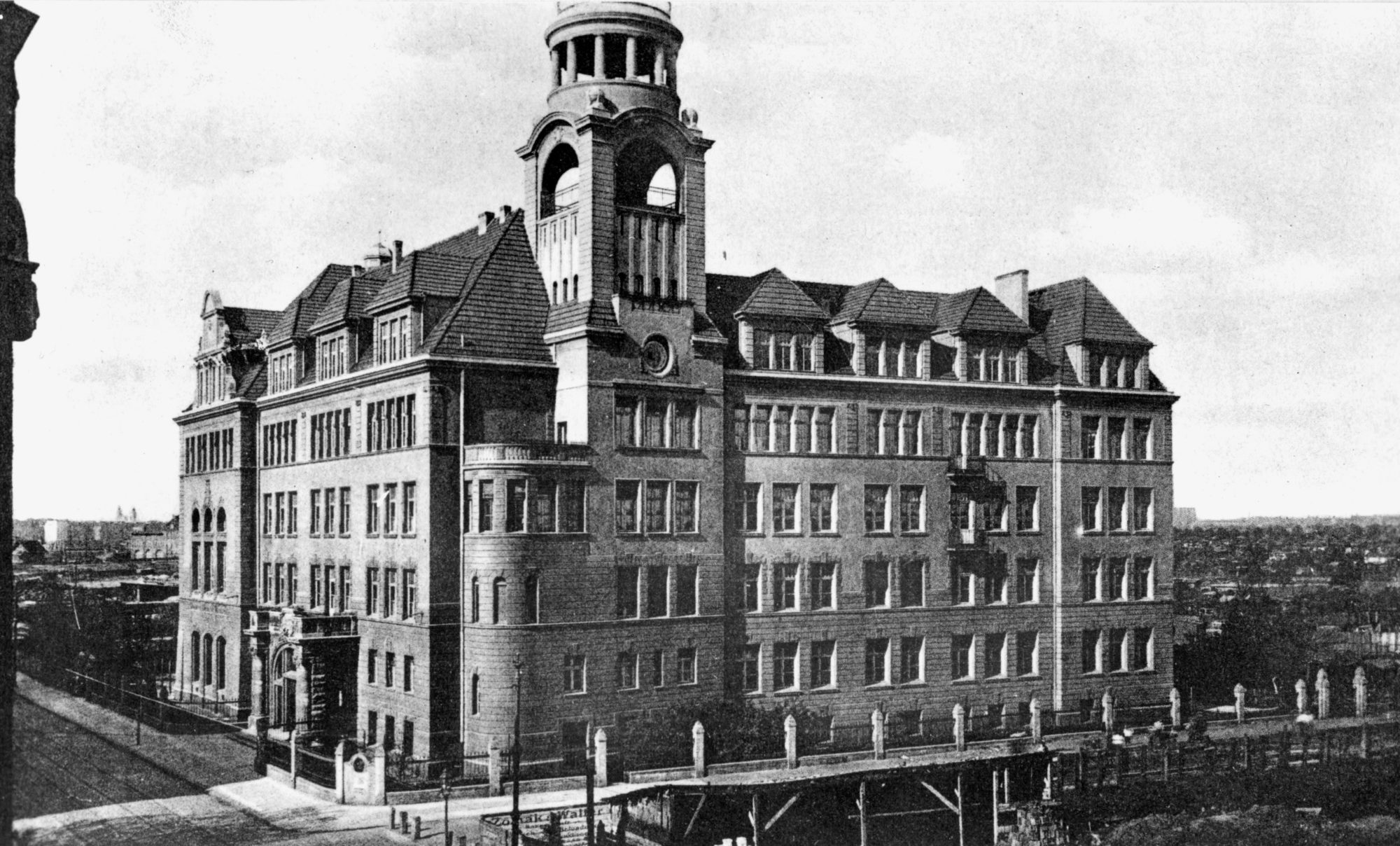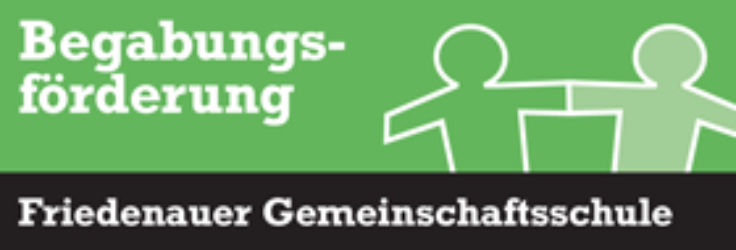A joint project of the Friedenauer Gemeinschaftsschule and German Resistance Memorial Center.
What happened in Schöneberg during the National Socialist era? How did the people who once lived here behave? Were there people in the vicinity of the Friedenauer Gemeinschaftsschule who fought against the dictatorship and Nazi crimes? Who were they? How did they resist? How is it remembered today?
Students at the Friedenauer Gemeinschaftsschule will be on a hunt for clues around their school over a period of several weeks. At historical sites they will deal with aspects of the National Socialist dictatorship.
The students will encounter the stories of people who came from different social milieus in Schöneberg and experienced the time of National Socialism in various ways. Among them are people who were subjected to persecution because they were political opponents of the National Socialists or, as Jews, did not fit into the racist world view of the regime. Some Schöneberger tried to resist the inhuman policies of the National Socialists.
Only a handful of people resisted, and they are at the heart of this project. Through exploring their biographies, the students will get to know different people who were active in the resistance in Schöneberg. They will discover the various forms of resistance and possible scope of action that existed for resisting the National Socialist dictatorship.
The historical exploration of the present and familiar urban space also makes it possible to talk about connections between the past and the present. Questions about the memory and significance of Nazi history for us today will be discussed and explored.
During the project, the students will develop a tour of the schools’ surroundings to places of resistance against National Socialism. In the end, they will organize this tour for classmates, parents or teachers. In addition, they will create a map for the tour, which can also be used later at the school.
The project will be led by Christian Discher PhD and Marén Letze as well as the staff of the German Resistance Memorial Center. It runs from the beginning of October to the beginning of December 2018 and takes place in school, in the vicinity of the school and at external learning locations, such as the German Resistance Memorial Center.



